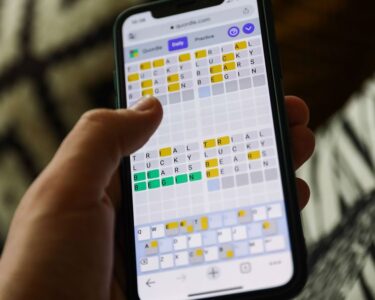China has become the first country to collect samples from the farside of the moon, hopefully providing scientists with new insights into the history and formation of our natural satellite.
On June 1, a grab-and-go mission named Chang’e-6 touched down in Apollo crater, which sits inside the much larger South Pole–Aitken basin, the biggest meteor impact site in the solar system.
During its two-day stay, Chang’e-6 used a scoop and drill to snag to 2 kilograms of lunar material, which was then loaded into an ascent vehicle that rocketed into lunar orbit on June 3. The samples onboard Chang’e-6 will be transferred to a return vehicle that will blast back to our planet. They are expected to land on Earth in Inner Mongolia on June 25. This is China’s second successful farside landing, following the Chang’e-4 mission in 2019.
“We all dream as lunar scientists to get samples from the farside,” says Kerri Donaldson Hanna, a planetary geologist at the University of Central Florida in Orlando.
Such samples could help researchers figure out why the moon’s two sides are so starkly different. The side that faces our planet contains copious evidence of volcanism, including the vast lunar maria, enormous dark plains visible whenever the moon is in the sky (SN: 10/7/21). These are solidified pools of lava that flowed around 4 billion years ago. In contrast, spacecraft observations of the farside show very little volcanic activity.
Some scientists suspect that this is because the nearside crust is much thinner, which would have allowed more magma to come up from below the surface, Donaldson Hanna says.
There is evidence that some volcanism occurred in the South Pole–Aitken basin and in Apollo crater, though it appears this activity happened roughly 3.5 billion years ago.
It’s possible the impact that created both Aiken and Apollo weakened the lunar crust, forming fractures and allowing magma to flow. The samples onboard Chang’e-6 could contain clues as to whether or not this happened.
Both Chinese and international researchers will be able to study the material. Donaldson Hanna is looking forward to seeing what insights will be gleaned from Chang’e-6 as well as future landers, such as those in NASA’s Commercial Lunar Payload Services program (SN: 2/22/24).
“Upcoming missions are going to so many new and unique places on the lunar surface,” she says. “It’s a great time to be a lunar scientist.”





